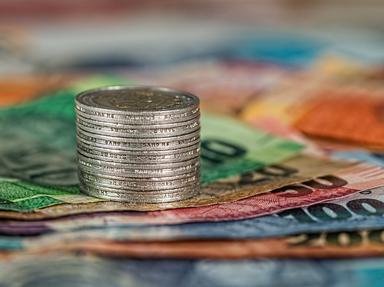Quiz Answer Key and Fun Facts
1. For the Silver Jubilee of which British monarch were the first Voyageur Dollars issued into circulation?
2. The first year the Voyageur Dollar was issued in Canada was the same year that the last of the Peace Dollars were issued for circulation in the United States. Which of the two dollars would have contained a larger amount of silver?
3. In 1939, King George VI paid a royal visit to Canada. What physical feature was shown on the reverse of the coin that commemorated the visit?
4. Some 1947 Canadian dollars have a small maple leaf by the date. What was the reason that they were placed there?
5. The joining of which new province to Canada was commemorated by the 1949 Canadian dollar?
6. The 1964 Canadian dollar coin commemorated two conferences that helped lead to the formation of the Dominion of Canada. Where were these conferences located?
7. For Canada's centennial, the reverse of the dollar coin sported a commemorative reverse. Which animal appeared on the coin?
8. In the late 1960s, silver was eliminated from new circulating coins in Canada. Which other metal would be the primary one in Canada's circulating dollar coins beginning in 1968?
9. During the 1970s, three Canadian circulating dollar coins were issued to commemorate the 100th anniversary of a Canadian province. Which province was NOT so commemorated?
10. The final Canadian circulating commemorative dollar coin before the introduction of the "loonie" appeared in 1984. Which explorer was honored with the coin?
Source: Author
bernie73
This quiz was reviewed by FunTrivia editor
WesleyCrusher before going online.
Any errors found in FunTrivia content are routinely corrected through our feedback system.

